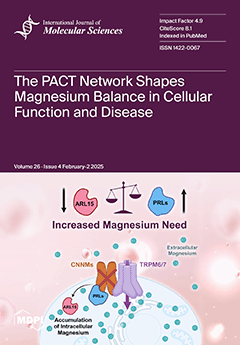Quorum quenchers are emerging as an alternative to conventional antimicrobials, since they hinder the development of virulence or resistance mechanisms but without killing the microorganisms, thus, reducing the risk of antimicrobial resistance. Many quorum quenchers are analogs of the natural quorum-sensing signaling molecules
[...] Read more.
Quorum quenchers are emerging as an alternative to conventional antimicrobials, since they hinder the development of virulence or resistance mechanisms but without killing the microorganisms, thus, reducing the risk of antimicrobial resistance. Many quorum quenchers are analogs of the natural quorum-sensing signaling molecules or autoinducers. Thus, different analogs of natural N-acylhomoserine lactones (AHLs) have been reported for controlling virulence or reducing the production of biofilms in Gram-negative pathogens. Herein we report the preparation of AHL analogs with a variety of N-substituents in just two steps from readily available
N-substituted hydroxyproline esters. The substrates underwent an oxidative radical scission of the pyrrolidine ring. The resulting
N-substituted β-aminoaldehyde underwent reduction and in situ cyclization to give a variety of homoserine lactones, with
N- and
N,
N-substituted amino derivatives and with high optical purity. The libraries were screened for the inhibition of violacein production in
Chromobacterium violaceum, a Gram-negative pathogen. For the first time,
N,
N-disubstituted AHL analogs were studied. Several
N-sulfonyl derivatives, one carbamoyl, and one
N-alkyl-
N-sulfonyl homoserine lactone displayed a promising inhibitory activity. Moreover, they did not display microbicide action against
S. aureus,
C. jejuni,
S. enterica,
P. aeruginosa, and
C. albicans, confirming a pure QQ activity. The determination of structure–activity relationships and in silico ADME studies are also reported, which are valuable for the design of next generations QQ agents.
Full article






